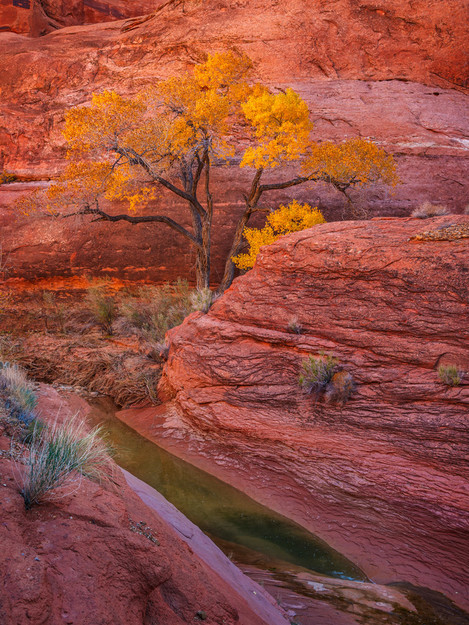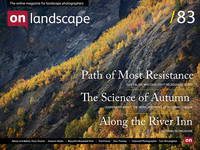Guy Tal talks about being a better photographer through challenging yourself to be unique
Ansel Adams observed, “If photography were difficult in the true sense – that the creation of a simple photograph would entail as much time and effort as the production of a good watercolor or etching – there would be a vast improvement in total output. The sheer ease with which we can produce a superficial image often leads to creative disaster.” Indeed, one of the inconvenient truths about photography is that producing exquisitely beautiful photographs is, comparatively, not very difficult. More than ever before, cameras today are capable of automating such things as accurate focus, optimal exposure and visual effects; locations guaranteed to yield beautiful images are widely advertised and easily accessible; and software packages are available that can turn most any exposure into a visual delight with just a few mouse clicks, allowing almost anyone to follow simple directions resulting in images of spectacular quality and popular appeal. Looking ahead, things are likely to get easier still. Manufacturers continue to improve the capabilities of cameras and software; more scenic locations are made known, sometimes with precise directions, GPS coordinates and advice on when to get the “best” light; and paid guides are all too happy to unburden clients of the challenges of travel, exploration, and discovery of worthwhile subjects, delivering them to the “right” places at the “right” times so they can “get the shot” with minimal investment of physical or intellectual effort, imagination, or creativity.

As trees at higher elevations have long shed their leaves, these large cottonwoods growing in the deeper desert canyons begin their transition from green to gold, enhanced by the glow of sunlight reflected off the red sandstone walls. After the summer heat, the air is cool, and crystalline water fills the creeks and pools after the silt of the previous season’s floods was washed into the larger rivers downstream. It is my favorite time of the year to be out in the red rock desert.
For too many, landscape photography today is reduced to showing up at a prescribed location and time, selecting from among a handful of proven and vetted compositions, and returning with a predictable prize. Whether this is good or bad for photography may be a matter of debate, but perhaps a better question to ask is whether such an attitude is good or bad for photographers. As observed by Ted Orland and David Bayles in their book Art and Fear, “Art that falls short often does so not because the artist failed to meet the challenge, but because there was never a challenge there in the first place. … There’s little reward in an easy perfection quickly reached by many.”


